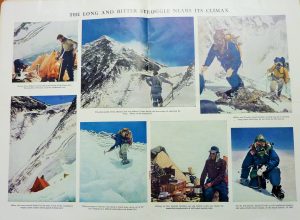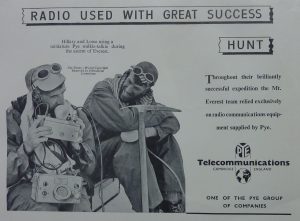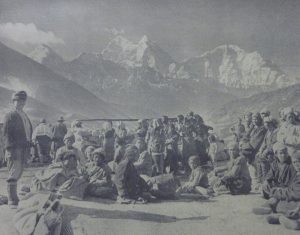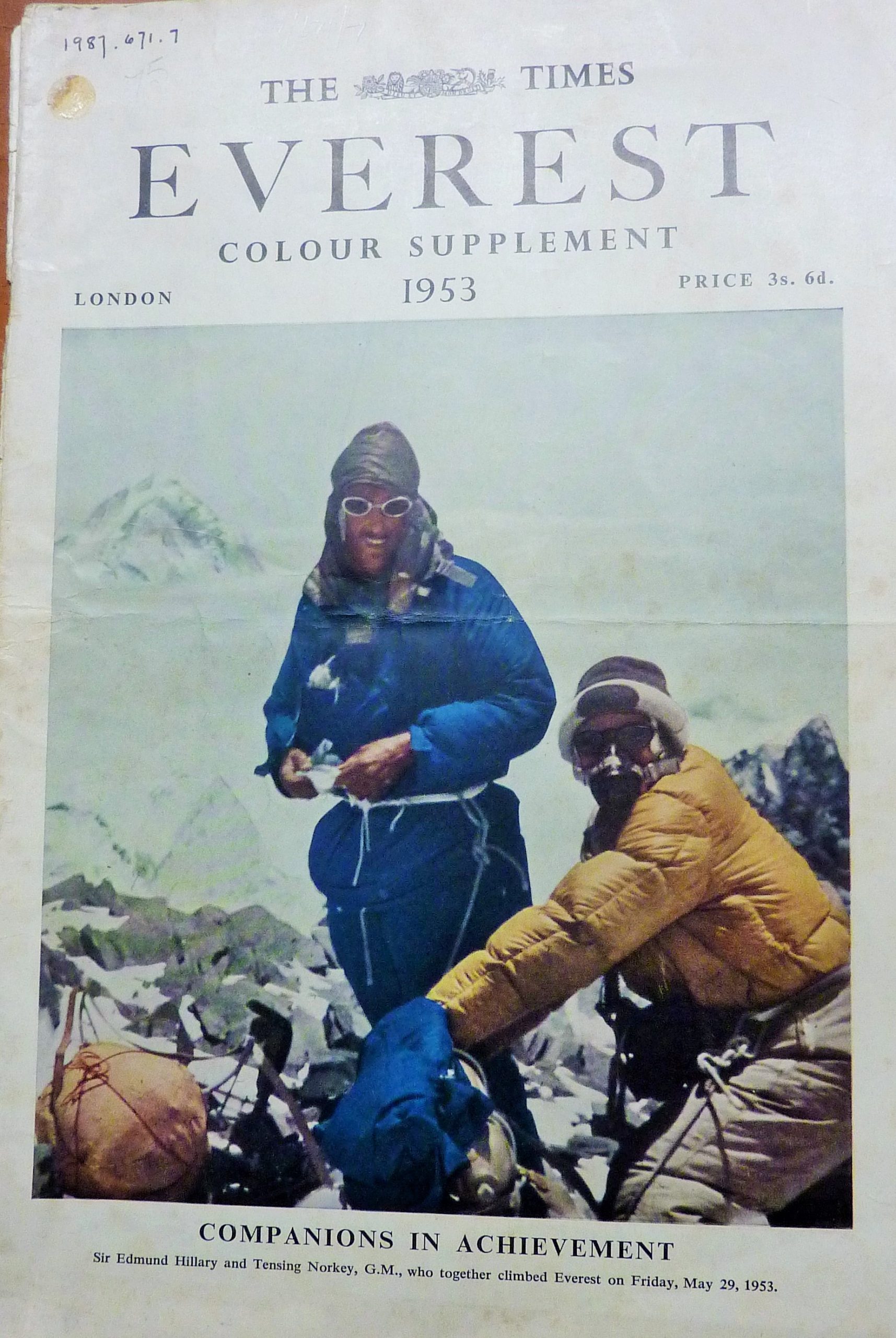At the end of March 1923, Blundells School was the venue for a very interesting talk by Captain Finch. The Gazette reports that he was a member of the 1922 expedition, the first to explicitly state the aim of reaching the summit of Mount Everest. He started by explaining that the politics in the region at the time meant a lengthy detour and an approach to the mountain from Tibet. The talk was illustrated with ‘a number of magnificent lantern slides’. Although unsuccessful, Captain Finch reached the highest point of the expedition.
George Ingle Finch was an Australian mountaineer, he was also a chemist. Because of his professional background, he was in charge of the bottled oxygen used in the expedition. This was clumsy and heavy equipment which was not universally accepted by the team. For a photo and more details of the expedition, follow this link.

It wasn’t until 30 years later and after at least 10 major attempts, that Edmund Hillary and Sherpa, Tensing Norgay reached the summit on May 29th 1953. The news was not received in London until late on June 1st, the eve of the Queen’s Coronation.

The Times had exclusive rights on reporting from the mountain and issued two souvenir supplements, one in colour and one in black and white. The Museum has copies of both and the photos are taken from them. The advert for the ‘miniature’ walkie-talkie shows how far technology has come since those days. None of the expeditions in the past or today, would be possible without the dedication of the Sherpa porters and guides.


